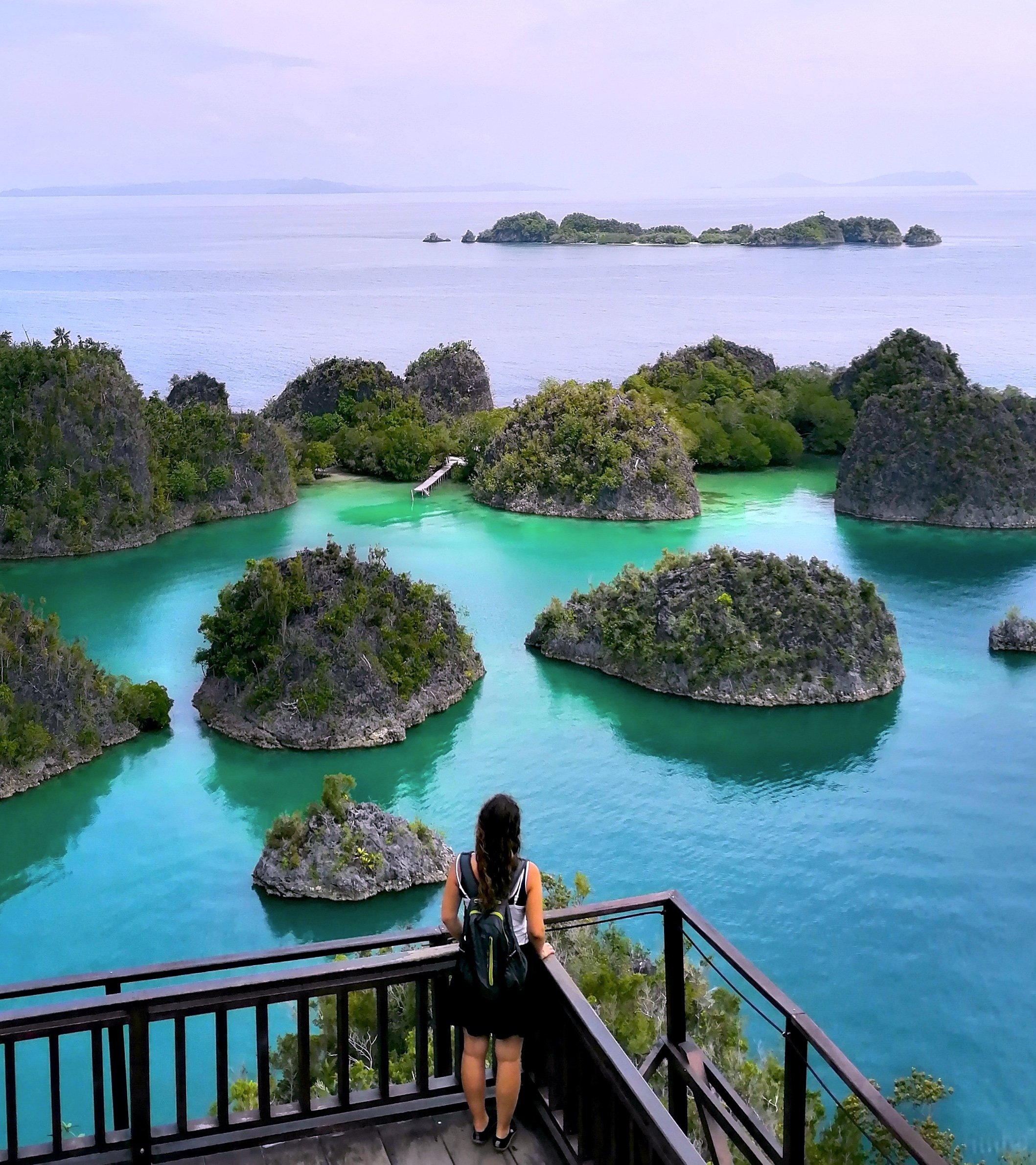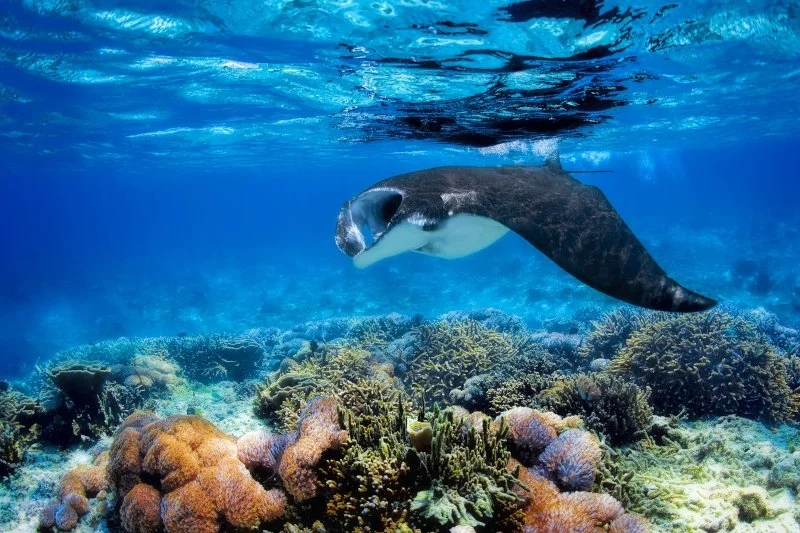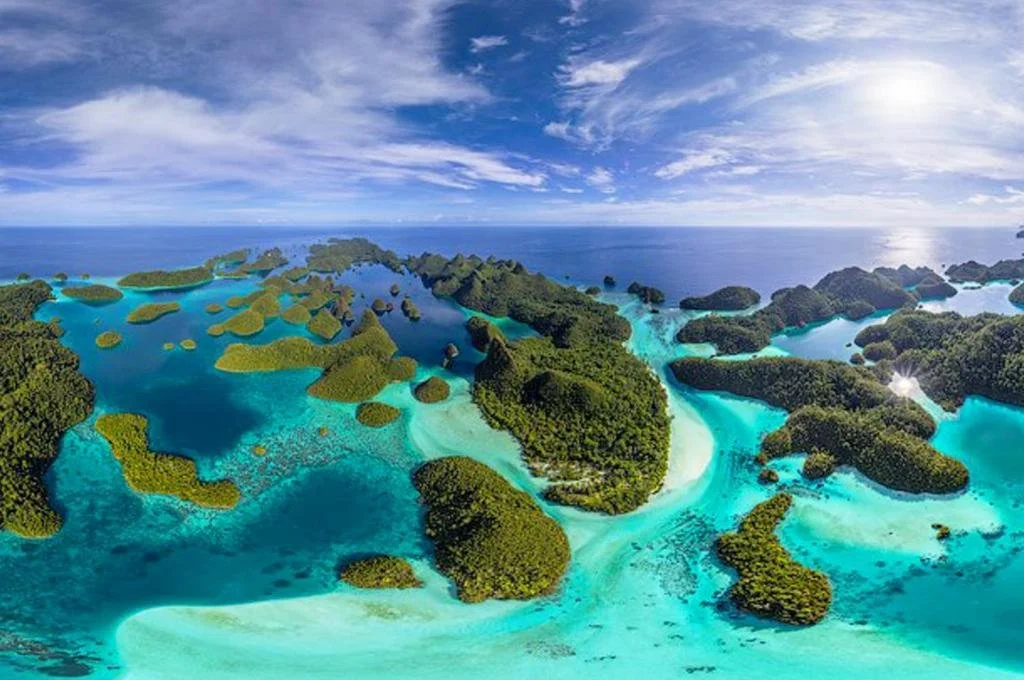Is Raja Ampat Earth’s last paradise? My adventure in West Papua
Raja Ampat is often described as the ‘last paradise’ — a biodiverse archipelago in the West Papua province in Indonesia, with nearly 1400 varieties of fish and 603 species of coral. You can expect to see crystal clear waters, white sandy beaches, thousands of islands, colourful coral reefs, and vibrant sea life. However, even the most idyllic place hides some serious issues that are threatening this last piece of heaven.
Read more if you want to discover my crazy adventure on the remote archipelago between Asia and Oceania.
Why did I choose Raja Ampat?
Raja Ampat attracts tourists not only for its wildlife but also due to its remote location — an ‘exclusive’ territory very hard to reach even from Indonesia’s main attractions. From Bali, people need to change two flights, take a two hours ferry, and a speedboat to get to the resort. Expect the travel expenses to be very steep: for the accommodation and the boat trip. In fact, the government’s goal was to keep this place untouched and avoid mass tourism to protect the island’s ecosystem.
I recommend going to Raja Ampat only if you have travel insurance. Especially when you have many flight changes like to West Papua, it can be handy to have a trip cancellation policy. For my travels, I always use SafetyWing, because it is one of the cheapest and also offers a Covid refund. If you feel like supporting a small content creator like me, and you need travel insurance for your next trip, I can wholeheartedly recommend SafetyWing!
HOW TO GET TO RAJA AMPAT?
Wherever you fly from, you have to get into Sorong, the closest Indonesian city in West Papua and the gateway to Raja Ampat.
From Sorong, you need to get to Sorong harbour. You can take a taxi from the airport to the harbor which will take about 20 minutes and cost around 100k rupiah.
Take a ferry to Waisai. Raja Ampat has four main islands: Misool, Salawati, Batanta, and Waigeo. Waigeo is the main island and the one where most of the guest houses and hotels are.
WHERE TO STAY?
A sustainable resort with bungalows overlooking the beautiful scenery of the Kri Islands.
First days in West Papua
Have you ever seen the movie ‘The beach’ with Leonardo di Caprio? That’s how I felt the first days when I arrived in Raja Ampat. Imagine getting away from the hectic everyday life and living for 10 days on a secluded island surrounded by turquoise waters. A paradise for underwater enthusiasts and people looking for peace and isolation.
A rich & abundant marine life full of fish of all kinds
Raja Ampat is increasingly becoming one of the most popular destinations for scuba diving. On the islands is possible to meet some marine species that are unusual in other parts of the planet. Even though I was not diving, I was able to snorkel next to turtles, sunfish, napoleon fish and blacktip sharks. If you want to encounter more marine species, I recommend booking your scuba diving tour in advance, since is very requested.
spot the shark!
One day on a boat tour, I almost saw manta rays. Is not as easy as they let you believe, is more like a manta ray chasing tour, where they bring you on a boat in the middle of the Ocean, and in case you see some mantas, you jump from the boat, swim against the current and hopefully spot the mantas. My adventure didn’t go as smooth, because when I jumped from the boat I swam into a group of jellyfish, so I got a panic attack in the water and they had to rescue me and bring me back on the boat!
But, if you are luckier than me (and not afraid of jellyfish), you might see some manta rays just swimming by.
Raja Ampat under threat
After 5 days, I noticed some significant changes in the water. Suddenly, a current of garbage was covering the reef every morning in front of the resort. It was even impossible to go snorkelling due to the amount of trash and jellyfish.
After speaking with some tourists that every 5 years were returning to the archipelago, they told me that the coral reef looked visibly different from 10 years ago. It was not as rich and colourful as in the past, and many corals were bleaching.
Where are these changes coming from?
What people don’t know
The small number of adventurers arriving each year to the idyllic islands, remain focused on diving and nature, largely unaware of the political problems of the region.
In the Papua mainland, southeast of Raja Ampat, there are some indigenous groups that some decades ago, began protesting for independence. The Tribal leaders accuse the government of robbing forests in resource-rich regions, polluting water and land, and putting little back into one of the country's poorest areas.
Economic development is not only splitting a country already vulnerable, but could also be the reason why the waters are getting so polluted.
EXCLUSIVE FOR HOW LONG?
So far, the islands have remained largely protected from mass tourism. They house only nine resorts and 39 liveaboards with a maximum of 20 people aboard each vessel. However, locals fear that is not gonna stay untouched for long. A road connecting the future airport runs beside a stunning bay rich with coral that was once completely isolated, but now is threatened by construction and tourism.
The regional tourism minister hopes that the airport will bring more tourists in the future, while locals are fearing that the airport will make this place too accessible, ruining the already fragile ecosystem.
Is Raja Ampat gonna become the next Bali?
People want to blame influencers for promoting beautiful destinations, and tourists for choosing the same locations. But, we can’t blame only people or social media for overcrowded locations. I believe that everyone should be free to travel where they want.
The real responsible for pollution and mass tourism is the government, which should put strict regulations to control the number of visitors that enter every year in a country.
So far West Papua was doing a great job by promoting Raja Ampat as an exclusive destination. But, when the profit of a site relies mostly on tourism, we've seen that the pressure for economic growth overcomes other serious issues like sustainability.
We can’t affect the government’s choices, but If you are interested to visit Raja Ampat, there are some easy steps to follow for the preservation of this incredible seascape:
Support local communities by always purchasing a Marine Park Entry Permit
Support locally owned eco-tourism ventures and do your best to minimise your personal impact.
Don’t touch or walk on corals.
Use only fully biodegradable bathroom products.
Use the Raja Ampat Environment Watch app to report any environmental concerns to the appropriate local authorities.
Participate in ‘beach cleaning’ interventions.
Use a reef-safe sunscreen:
KOKUA SUN CARE SPF/50 WaterProof & Reef Safe












